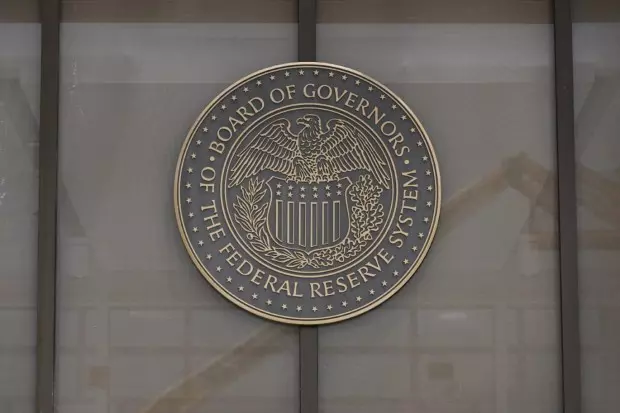News and trade ideas
Recent Articles
-
Gold price at new record while WTI crude price pushes high...
Gold has rallied to a new high, and the bounce in oil prices has continued.28/03/2025 07:46 -
Nasdaq 100 struggles to rally and FTSE...
28/03/2025 07:33 -
EUR/USD rebounds and USD/JPY stuck bel...
28/03/2025 07:24 -
Silver price target highs while Brent ...
27/03/2025 11:14
Inflation
-
FX Watch: AUD/JPY, USD/JPY
Australian inflation grew less than expected in February, with the monthly CPI rising 2.4% year-on-year—below the 2.5% forecast and down from 2.7% in ...26/03/2025 02:41 -
Will Wall Street's short-covering rally ...
24/03/2025 04:17 -
Asia Open: Muted start amid US post-Fed ...
21/03/2025 02:38 -
Asia Day Ahead: BoJ meeting in focus
19/03/2025 01:59
Forex
-
EUR/USD rebounds and USD/JPY stuck below resista...
While the euro has rebounded against the dollar, the greenback is edging higher against the yen, though it remains below resistance from late February...28/03/2025 07:24 -
Sterling and Aussie make gains versus ...
27/03/2025 09:44 -
What is driving copper prices higher in ...
26/03/2025 12:35 -
EUR/USD steady but USD/JPY comes under...
26/03/2025 10:52
Shares
-
How to buy Tesla Shares: an investment guide
Increased demand for electric vehicles has led many investors to buy Tesla shares. Here’s everything you need to know about investing in them.02/04/2025 15:45 -
Sterling and Aussie make gains versus ...
27/03/2025 09:44 -
Commodities Watch: What’s in it for silv...
26/03/2025 08:42 -
What are the differences between stocks ...
24/03/2025 15:01

See it and
seize it
Introducing Explore - a mobile news and analysis centre. Stay informed and engaged with top news, analyst articles, videos, and more.
Live prices on most popular markets
- Equities
- Indices
- Forex
- Commodities
Prices above are subject to our website terms and agreements. Prices are indicative only. All share prices are delayed by at least 15 minutes.
Prices above are subject to our website terms and agreements. Prices are indicative only. All shares prices are delayed by at least 15 mins.
Tweets by @ChrisB_IG
Indices
-
Nasdaq 100 struggles to rally and FTSE 100 remai...
While US indices have come under pressure, the FTSE 100 continues to move sideways.28/03/2025 07:33 -
Dow and DAX pressured by tariff news
27/03/2025 09:51 -
Nasdaq 100 rally slows and FTSE 100 st...
26/03/2025 11:32 -
Dow recovery slows and DAX continues t...
25/03/2025 09:59 -
Where are Asian indices headed with US t...
25/03/2025 06:29 -
S&P 500 Analysis: Mixed Signals Am...
24/03/2025 13:01 -
Trade of the week: short EUR/GBP
24/03/2025 11:47
Commodities
-
Gold price at new record while WTI crude pr...
Gold has rallied to a new high, and the bounce in oil prices has continued.28/03/2025 07:46 -
Silver price target highs while Brent ...
27/03/2025 11:14 -
What is driving copper prices higher in ...
26/03/2025 12:35 -
Gold price holds above $3000, WTI crud...
26/03/2025 11:58 -
Commodities Watch: What’s in it for silv...
26/03/2025 08:42 -
Silver price and Brent crude price bot...
25/03/2025 10:38 -
Gold price holds above $3000.00 and WT...
24/03/2025 10:48
You might be interested in…
Spread bet, trade CFDs or deal shares – decide which of our products is best for you.
Discover why so many clients choose us, and what makes us a world-leading provider of spread betting and CFDs.
Find out what charges your trades could incur with our transparent fee structure.


















